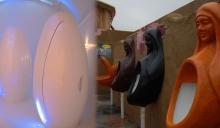
Chernobyl, the site of one of the worst nuclear disasters in history, remains a dangerous and highly radioactive area.
Despite the risks, some tourists continue to venture into the exclusion zone, often putting themselves in harm's way for the sake of a memorable photograph.
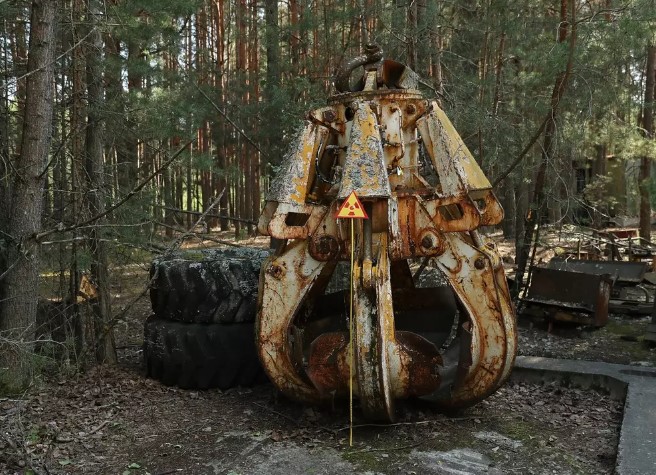
In a recent incident, a group of tourists was spotted posing for photos near one of the most radioactive items still present in the Chernobyl exclusion zone: a large claw from a digger used to clear up radioactive debris after the 1986 accident.
This claw, which was left behind, is now over 100 times more radioactive than the highest standard levels of background radiation.
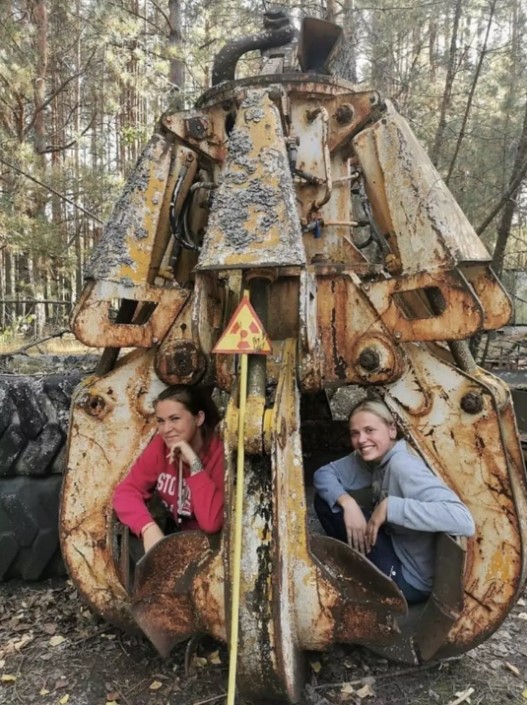
The tourists, seemingly unaware of the grave dangers, climbed inside the claw and even touched the radioactive debris. This was extremely dangerous as exposure to such high levels of radiation.
Being near such high levels of radiation can cause serious problems, like getting cancer or getting radiation sickness.
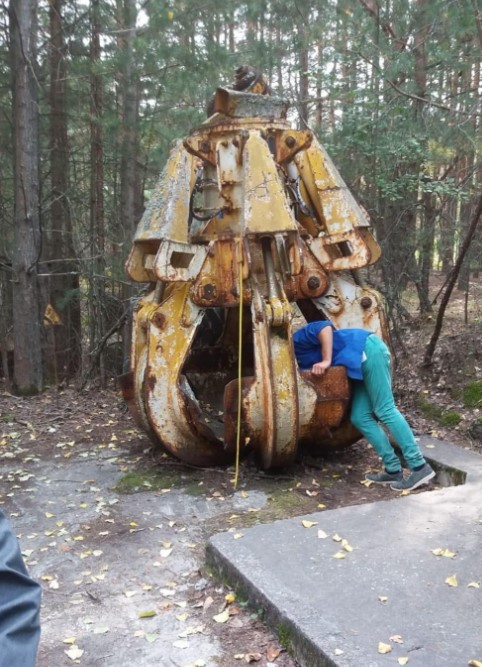
While the brief time spent near the claw may not have done them immediate harm, the long-term health effects could be severe.
Furthermore, the tourists risked contaminating their clothing and belongings with radioactive dust, which could then be spread elsewhere, potentially exposing others to the dangerous radiation.
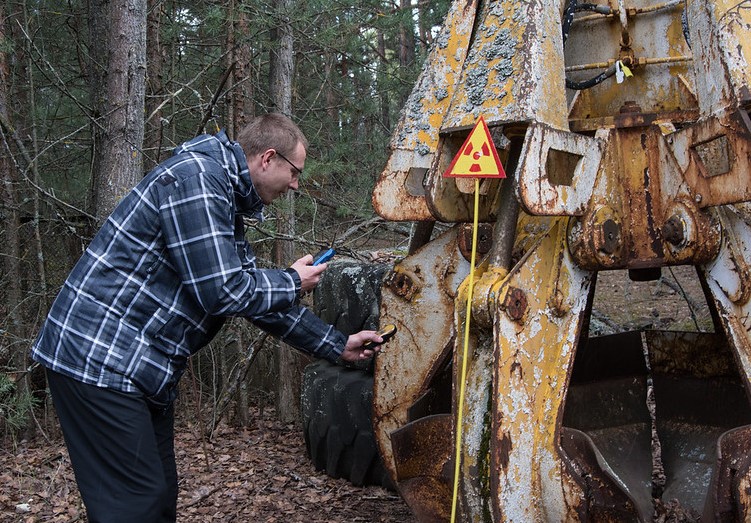
Experts have warned that even spending a few minutes near the claw could lead to a significant increase in the risk of developing cancer.
If someone spends a whole day near the radioactive claw, they could get very sick from the radiation. This radiation sickness can be deadly if they don't get medical help right away.
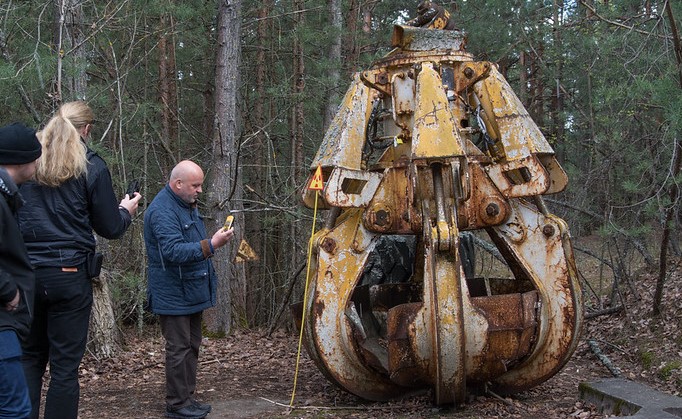
Mere exposure of just five minutes within the vicinity of this deadly mass can prove fatal, with death ensuing within a 48-hour period.
This hazardous entity was formed in the aftermath of the catastrophic Chernobyl nuclear accident in Ukraine. It is composed of a lethal amalgamation of concrete, sand, and molten nuclear fuel, weighing approximately two metric tons in total.
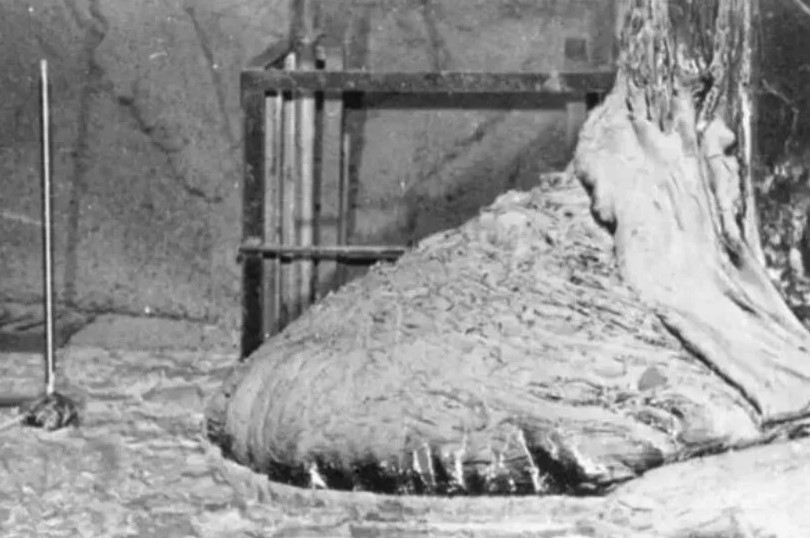
The Elephant's Foot continues to emit alarmingly high levels of radiation, even decades after the disastrous event.
This intense radioactivity can cause a myriad of debilitating symptoms in individuals, including dizziness, fatigue, internal bleeding, vomiting, diarrhea, and high fever.
Remarkably, a person can absorb a fatal dose of this radiation in a mere 300 seconds.
In the Manhattan Project, scientists accidentally created the most dangerous object in the world: a plutonium mass called the "demon core".

They conducted careful experiments to find the exact point at which this core could start a runaway nuclear chain reaction, known as going "supercritical".
In 1945, scientist Harry Daghlian violated protocols and accidentally dropped a brick on the demon core, causing it to go supercritical.
In his desperate attempt to fix the error, he received a deadly dose of radiation and died less than a month later.

Two beryllium hemispheres accidentally came into contact with the plutonium, pushing it to a supercritical state. The resulting surge of radiation proved fatal for Slotin.
After these tragic incidents, safety protocols were updated to prevent such accidents in the future. However, the demon core is still considered the most dangerous man-made object ever created.


